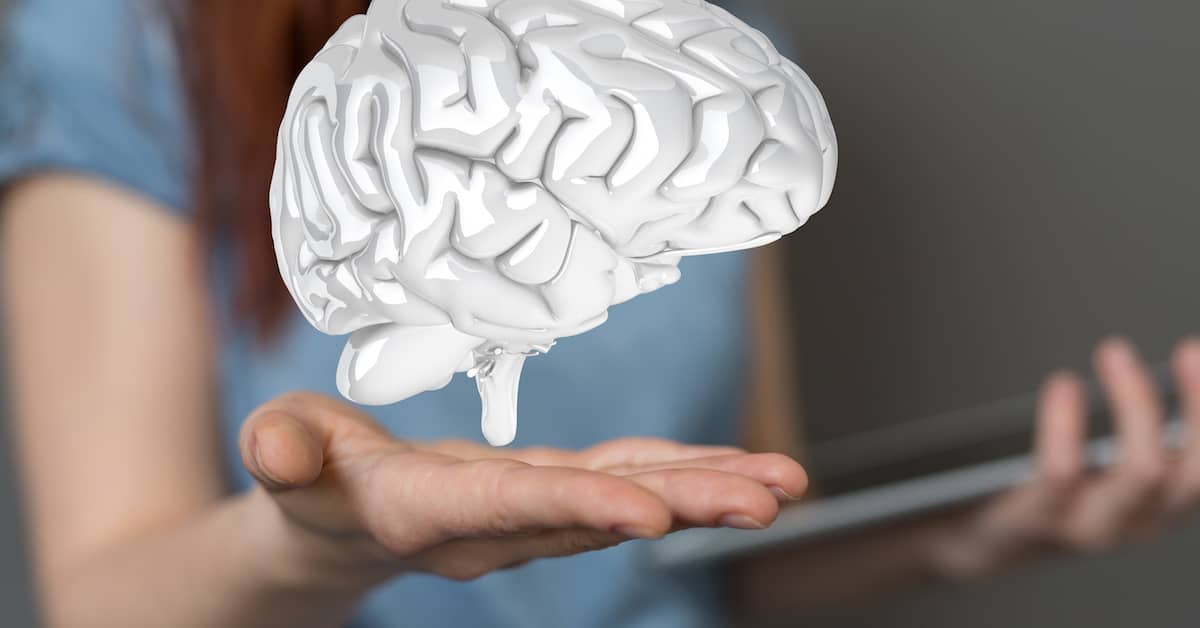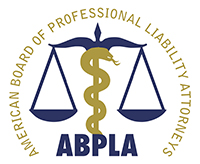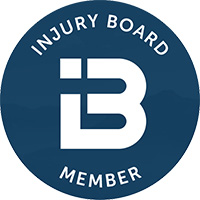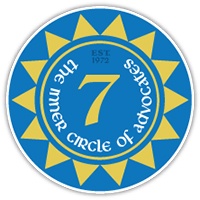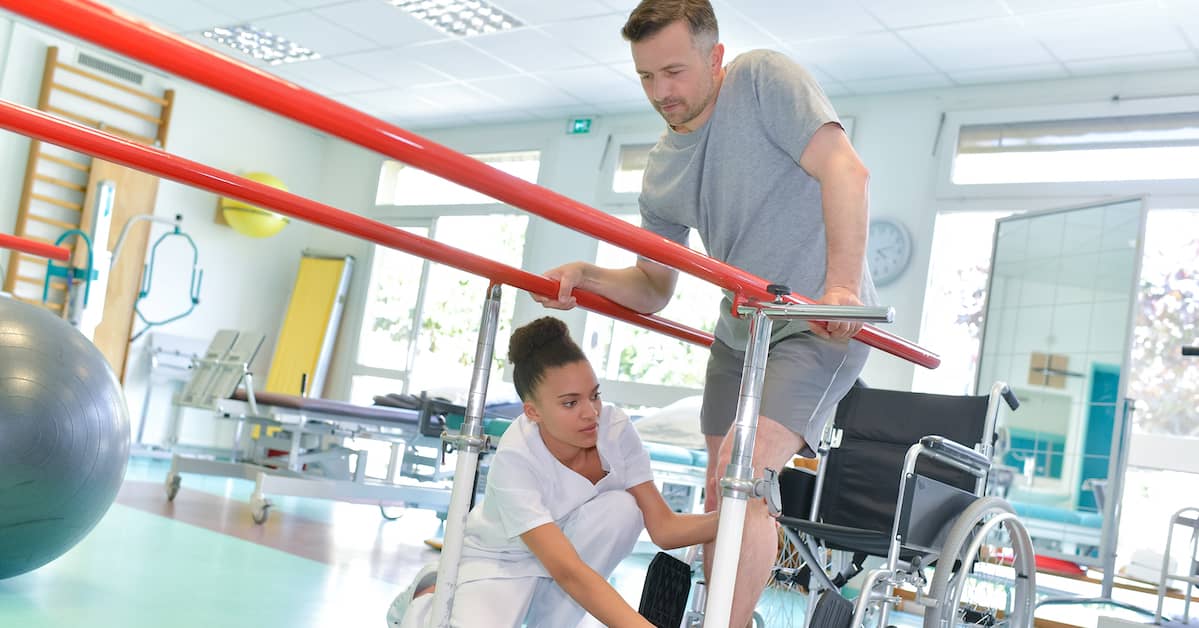
Do People Recover From Spinal Cord Injuries?
A spinal cord injury (SCI) is one of the most devastating and life-altering injuries an accident victim can experience. Even after medical intervention, damage to the spine can cause a host of difficulties. Do people recover from spinal cord injuries? Sometimes. But permanent loss of abilities is a common consequence as well.
If you suffered a spinal cord injury because of someone else’s negligence, any settlement or verdict you recover should reflect the full extent of your physical, emotional, and financial losses. The personal injury lawyers at Mandell, Boisclair & Mandell are here to listen to how your injury has impacted your life, assess the ways it may continue to, and help you determine how best to seek compensation.
To schedule a FREE case review at our Providence office, call (401) 273-8330 today. Our spinal cord injury lawyers have been helping accident victims throughout Rhode Island for more than 45 years. We have the knowledge, skills, and resources necessary to handle even the most complex cases.
What Are the Different Types of Spinal Cord Injury?
Spinal cord injuries generally fall into one of two categories:
- Complete: A total loss of sensation and muscle function below the level of the injury, usually resulting in paraplegia or quadriplegia.
- Incomplete: Some remaining function below the site of injury, allowing for varying degrees of sensation and motor skills.
Within these broad categories, several specific types of spinal cord injuries exist, such as contusion (bruising of the spinal cord), compression (caused by pressure on the spinal cord), and lacerations (severing or tearing of nerve fibers). Each type of injury can result in a unique set of challenges, impacting different areas of the body and requiring varying therapeutic treatments.
How Does Injury Impact Different Sections of the Spinal Cord?
The spinal cord is divided into three main regions: the cervical, thoracic, and lumbar areas. The location of a spinal cord injury significantly impacts how it affects the body.
Cervical Spinal Cord Injuries
The most severe type of spinal cord injury, cervical injuries impact the neck area. They affect the arms and legs and often lead to quadriplegia. They can also impair breathing, result in a loss of bowel and bladder control, impair sexual function, and interfere with the body’s ability to regulate its temperature.
Thoracic Spinal Cord Injuries
Impacting the upper back, thoracic spinal cord injuries can impact the arms and legs and may result in paraplegia and a loss of function below the chest. Secondary conditions, such as respiratory problems, can also follow thoracic SCI.
Lumbar Spinal Cord Injuries
Lumbar spinal cord injuries impact the lower back. They can affect function in the hips and legs and allow for little to no control of the lower extremities. Impaired bowel and bladder function and reduced sexual function are also possible with lumbar injuries.
Secondary Conditions
Regardless of the location, spinal cord injuries may also come with secondary conditions such as:
- Respiratory issues
- Urinary tract infections
- Pressure sores
Victims of spinal cord injury are also more likely to suffer psychological consequences such as stress, depression, and anxiety. Tragically, these increase the already higher rate of morbidity experienced by victims of spinal cord injury. According to the National Institutes of Health, adults who sustain an SCI have a “clinically meaningful” higher incidence of death from all psychological morbidities than those who have never sustained the injury.
How Are Spinal Cord Injuries Initially Treated?
The immediate treatment of spinal cord injuries is essential for minimizing further damage and enhancing the long-term prognosis. These initial treatments often require the coordination of a multidisciplinary medical team, including trauma surgeons, neurologists, and other specialists.
Depending on the location and extent of your injury, emergency treatment may include:
- Ensuring Respiratory and Cardiac Function. Damage to the upper neck can impair normal breathing and cardiac function. Use of a breathing tube and ventilator may be necessary to help prevent death.
- Diagnosis and Steroid Treatment. Swift and accurate diagnosis may require MRIs, CT scans, and X-rays. Following diagnosis, corticosteroids like methylprednisolone may be administered to manage swelling and inflammation.
- Spinal Stabilization. Fractured or weakened vertebrae may not be able to protect the spinal cord or support body weight. Traction may be used to align the spine. For cervical spine injuries, a halo device may be needed. This helps to prevent further damage to the spinal cord and adjacent nerves.
- Surgical Interventions. Surgery often involves the placement of metal plates, rods, and screws to secure the vertebrae together. Easing Pressure may be accomplished by removing the parts of the vertebrae that are compressing the spinal cord.
- Pain Management and Medications. Strong painkillers may be administered to manage pain and discomfort. Antibiotics may be needed to prevent or treat infection, especially if there are open wounds or surgery is involved.
What Does Rehabilitation for a Spinal Cord Injury Involve?
Once a spinal cord injury patient has been stabilized, treatment will focus on rehabilitation to optimize recovery and adapt to a new way of life. This can involve:
Physical Therapy
This type of therapy is intended to help a patient improve mobility, regain function, and reduce the risk of complications developing in the future. Physical therapy may include stretching, mobility training, respiratory conditioning, cardiovascular exercise, and strength training.
Weight-Supported Locomotor Training (WSLT)
During this type of rehabilitation, therapists use assistive devices to help patients support their weight while walking on the ground or a treadmill. WSLT is intended to promote nerve connectivity between the areas above the traumatic injury and the spinal cord. WSLT supports cardiorespiratory health and can prevent pressure sores and joint-related complications.
Occupational Therapy
This type of therapy is undergone to address the functional, emotional, and social aspects of life after a spinal cord injury. The goal of occupational therapy is to help spinal cord injury survivors live as independently as possible. The process focuses on integrating adaptive devices such as wheelchairs, lifts, home controls, bathroom equipment, and other tools into patients’ lives to support their independence at home and work.
Psychological Therapy
In addition to physical challenges, survivors of spinal cord injuries face emotional and psychological hurdles. Psychologists and recreational therapists help to support a patient’s overall well-being.
According to the National Spinal Cord Injury Statistical Center, the first year of treatment for a spinal cord injury can range from $429,348 to $1,315,554, depending on the severity and type of injury. Subsequent years can cost between $52,150 and $228,450 annually. These figures only account for direct medical costs. They don’t include lost wages, reduced earning capacity, or the emotional and psychological toll on both the injured person and their family.
How Can a Spinal Cord Injury Lawyer Help?
The expenses associated with the high level of medical and therapeutic care for spinal cord injury survivors can be staggering. A spinal cord injury lawyer can help you seek the compensation you need to make the best recovery possible.
An attorney can help your case and recovery in several ways, including:
- Investigating the facts surrounding your injury
- Determining which parties may be held liable for your injury
- Gathering evidence to support your claim
- Calculating the value of your current and future economic and non-economic damages
- Negotiating with insurance companies for a fair settlement
- Taking your case to trial if a fair settlement cannot be reached
When you sustain a spinal cord injury through no fault of your own, you have every right to seek full compensation for all related damages. The experienced spinal cord injury lawyers at Mandell, Boisclair & Mandell are here to help.
Contact Our Office for a FREE Spinal Cord Injury Case Review
To schedule a cost-and-obligation-FREE case review at our Providence office, contact Mandell, Boisclair & Mandell today. We serve individuals and families dealing with the consequences of spinal cord injury throughout Rhode Island.


